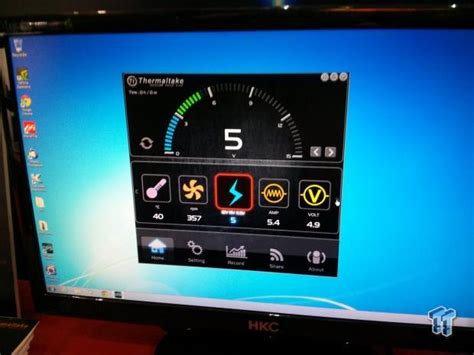
ALL ABOUT FLEX PCB
-
Power Supply for Temperature Monitor
Posted by
–
 Read more: Power Supply for Temperature Monitor
Read more: Power Supply for Temperature MonitorIntroduction to Temperature Monitoring and Power Supply Requirements Temperature monitoring is a critical task in many industries, from food production and storage to manufacturing and scientific research. Accurate temperature data is essential for ensuring product quality, safety, and compliance with regulations. A reliable temperature monitoring system requires not only precise […]
-
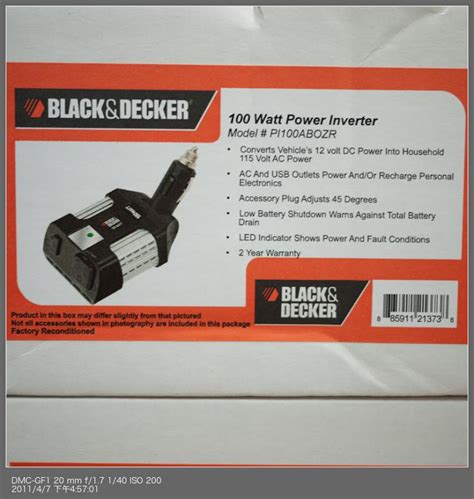 Read more: Power Inverter Troubleshooting – Common Problems and How to Fix Them
Read more: Power Inverter Troubleshooting – Common Problems and How to Fix ThemUnderstanding Power Inverter Basics Before diving into troubleshooting, it’s important to understand how power inverters work. A power inverter takes 12V DC power from a battery and converts it into 120V AC power, allowing you to operate devices that require household AC power. The inverter’s power output is measured in […]
-
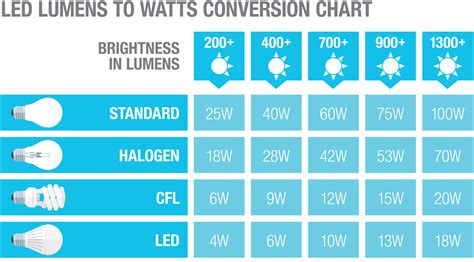 Read more: 1000 lumen: Determining the Number of Lumens You Need for Your Bulb
Read more: 1000 lumen: Determining the Number of Lumens You Need for Your BulbWhat are Lumens? Lumens are a unit of measurement that quantifies the total amount of visible light emitted by a light source. In other words, lumens measure the brightness of a light bulb or fixture. The higher the number of lumens, the brighter the light will be. It’s important to […]
-
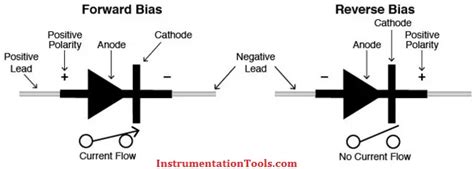 Read more: 1n4002 Diode: A Detailed Guide to Understanding its Characteristics and More!
Read more: 1n4002 Diode: A Detailed Guide to Understanding its Characteristics and More!What is a 1N4002 Diode? A 1N4002 diode is a general-purpose rectifier diode that belongs to the 1N400x series. It is designed to convert alternating current (AC) to direct current (DC) and protect circuits from reverse voltage spikes. The 1N4002 diode has a maximum reverse voltage of 100 volts and […]
-
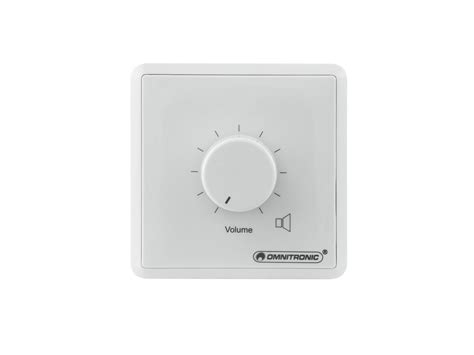 Read more: Volume Controller Circuit: Complete Guide on How to Build one
Read more: Volume Controller Circuit: Complete Guide on How to Build oneIntroduction to Volume Controllers A volume controller, also known as a volume control or audio attenuator, is an electronic circuit that allows you to adjust the loudness of an audio signal. Volume controllers are commonly used in audio systems, such as amplifiers, mixers, and speakers, to provide precise control over […]
-
How to Calculate the PCB Trace Impedance
Posted by
–
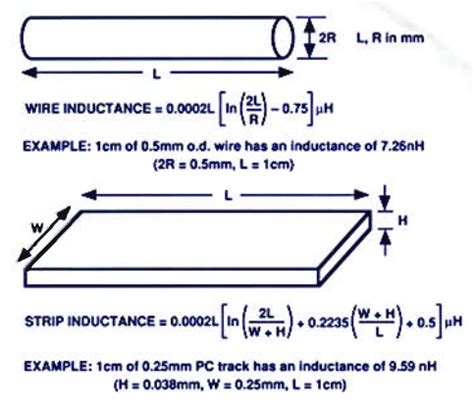 Read more: How to Calculate the PCB Trace Impedance
Read more: How to Calculate the PCB Trace ImpedanceWhat is PCB Trace Impedance and Why Does it Matter? PCB trace impedance refers to the opposition that a printed circuit board trace presents to alternating current (AC). It is an important parameter to consider when designing high-speed digital circuits or sensitive analog circuits. Matching the impedance of PCB Traces […]
-
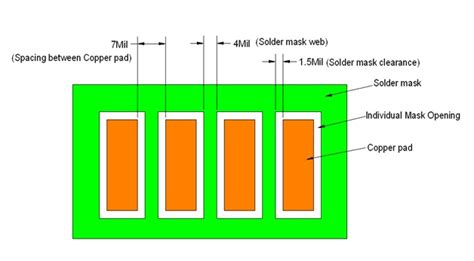 Read more: Solder Mask Material–About Solder Mask Material What You Need to Know
Read more: Solder Mask Material–About Solder Mask Material What You Need to KnowWhat is Solder Mask Material? Solder mask, also known as solder resist or solder stop, is a thin layer of polymer applied to the copper traces of a printed circuit board (PCB) to protect them from oxidation, prevent solder bridges, and provide electrical insulation. This material is essential in the […]
-
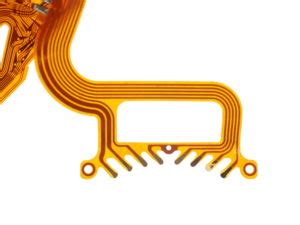 Read more: Flexible Circuitry – What Is It, And Why Do You Need It?
Read more: Flexible Circuitry – What Is It, And Why Do You Need It?Introduction to Flexible Circuitry Flexible circuitry, also known as flex circuits or flexible printed circuit boards (PCBs), is a technology that has revolutionized the electronics industry. Unlike traditional rigid PCBs, flexible circuits are designed to bend and flex without breaking or losing their electrical properties. This unique characteristic makes them […]
-
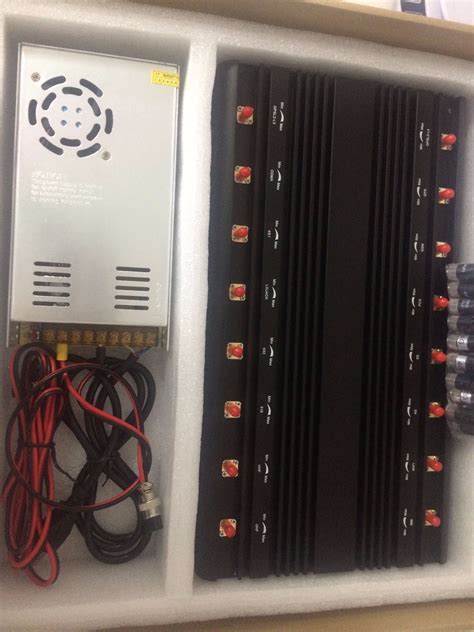 Read more: FM Radio Jammer: How to Make One and Its Application
Read more: FM Radio Jammer: How to Make One and Its ApplicationRequest Flex PCB Manufacturing & Assembly Quote Now
-
FR 4 PCB Manufacturing
Posted by
–
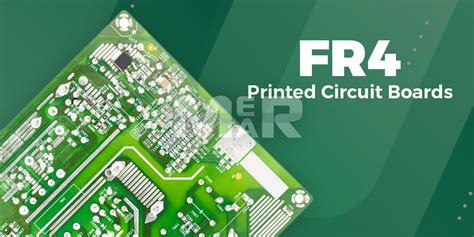 Read more: FR 4 PCB Manufacturing
Read more: FR 4 PCB ManufacturingWhat is FR4 PCB? FR4 PCB stands for Flame Retardant 4 Printed Circuit Board. It is a type of PCB material that is widely used in the electronics industry due to its excellent mechanical, electrical, and thermal properties. FR4 is a composite material made of woven fiberglass cloth with an […]




